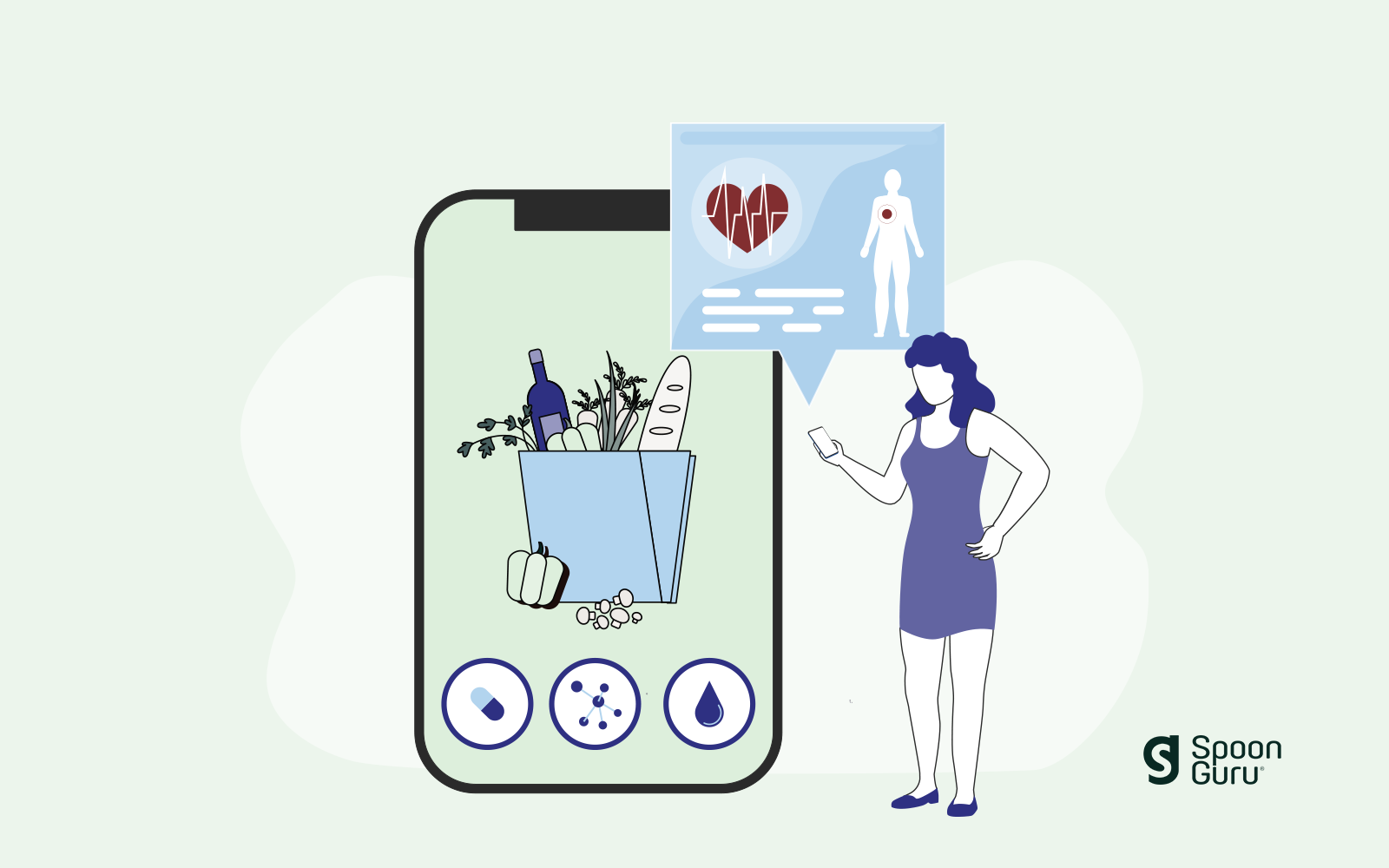As consumers increasingly take control of their health, the way they discover, select, and consume food is transforming. In this lively session moderated by Danielle, industry experts Julianne, Nelson, and Markus unpacked how AI, seismic behavioural shifts, and clinical nutrition insights are reshaping the food ecosystem – from retailers and brands to healthcare professionals and consumers alike.
The New Health-Driven Shopper
Health goals are now driving more than taste, price, or convenience. Consumers using GLP-1 therapies or following medically tailored diets are making deliberate, functional, and nutrient-focused decisions; it’s less about “what’s tasty” and more about “what’s right for me.” Now more than ever, they expect the digital world to support those goals.
Nearly 40% of consumers and over half of Gen Z already use AI tools for food and product discovery.
GLP-1 therapy users represent a new class of “functional” shoppers: deliberate, data-conscious, and motivated by long-term outcomes rather than short-term trends. Dietary priorities like protein for muscle preservation and balanced macros are reshaping grocery baskets.
|
|
“This isn’t a diet moment, It’s a behavioural shift – people are seeking agency and calm in how they eat.”
Julianne Dickenson, Solutions Weight Management by Julianne |
Technology as the Enabler of Precision
The panel discussed how AI is quietly revolutionising the grocery experience, from keyword-based search to guidance based intelligent discovery. Nelson highlighted how it is becoming solution-oriented, shoppers are asking questions, not typing keywords.
Today’s filtering tools fail most health-conscious users; key nutritional filters (protein, calories, carbs) appear in only 8% of online stores.
|
|
“The technology exists, but it’s disconnected from the consumer’s intent. The future is contextual – it’s about surfacing the right product, at the right time, for the right need.”
Nelson Sam, Strategic Advisor, Salesforce |
Predictive AI can already anticipate baskets, suggesting healthier swaps and supporting repeat purchasing, without adding friction. When solutions match intent, conversion rates rise even as browsing time drops.
70% of grocery orders are repeat purchases, opening the door for AI to suggest healthier alternatives in real time.
The Personalisation & Trust Gap
Despite consumer demand, existing systems often fail health-driven shoppers. The webinar outlined three major gaps:
- Information Gap: Missing or illegible nutrition and allergen data erode trust.
- Usability Gap: Broken or irrelevant filters make discovery painful.
- Guidance Gap: GLP-1 users and health-conscious consumers are left without education or confidence.
This fragmentation fuels what the panel called a “trust vacuum,” with 77.6% of GLP-1 shoppers abandoning online snack purchases due to confusion or lack of support.
Despite innovation, most retailers still fall short of meaningful personalisation.
- 63.5% of online grocers miss or obscure critical nutrition data, prioritising marketing over transparency.
- Only 1 in 4 consumers believe supermarkets help them eat healthily.
|
|
“When people feel unseen, they disengage. AI isn’t about more choice – it’s about relevance, empathy, and trust.”
Danielle McCarthy, Chief Health Officer, Spoon Guru |
The Opportunity Ahead
AI-powered nutrition intelligence promises to reconnect these broken systems. The technology can decode nutritional data, personalise recommendations safely, and guide consumers with empathy rather than overwhelm. The result: shorter journeys, higher confidence, and healthier choices that feel effortless.
The speakers agreed that the next frontier isn’t about more data, it’s about better context. When food discovery becomes truly personalised, every shopper can move from uncertainty to agency.
|
|
“We’re entering a new era of intelligent food discovery. The winners will be those who make health feel effortless.”
Markus Stripf, Co-Founder, Spoon Guru |
Key Takeaways:
- The future shopper is AI-native, expecting contextual, conversational experiences.
- GLP-1 is reshaping retail. It’s creating a new class of deliberate, informed shoppers.
- Personalisation is now table stakes. Health-driven consumers expect precision and relevance.
- The future is a guided choice. Smart recommendations will replace search bars, helping people eat better, not just shop faster.
- Trust must be rebuilt. Transparency, education, and empathy are the new loyalty drivers.
- The brands that succeed will blend clinical integrity with technological empathy.




